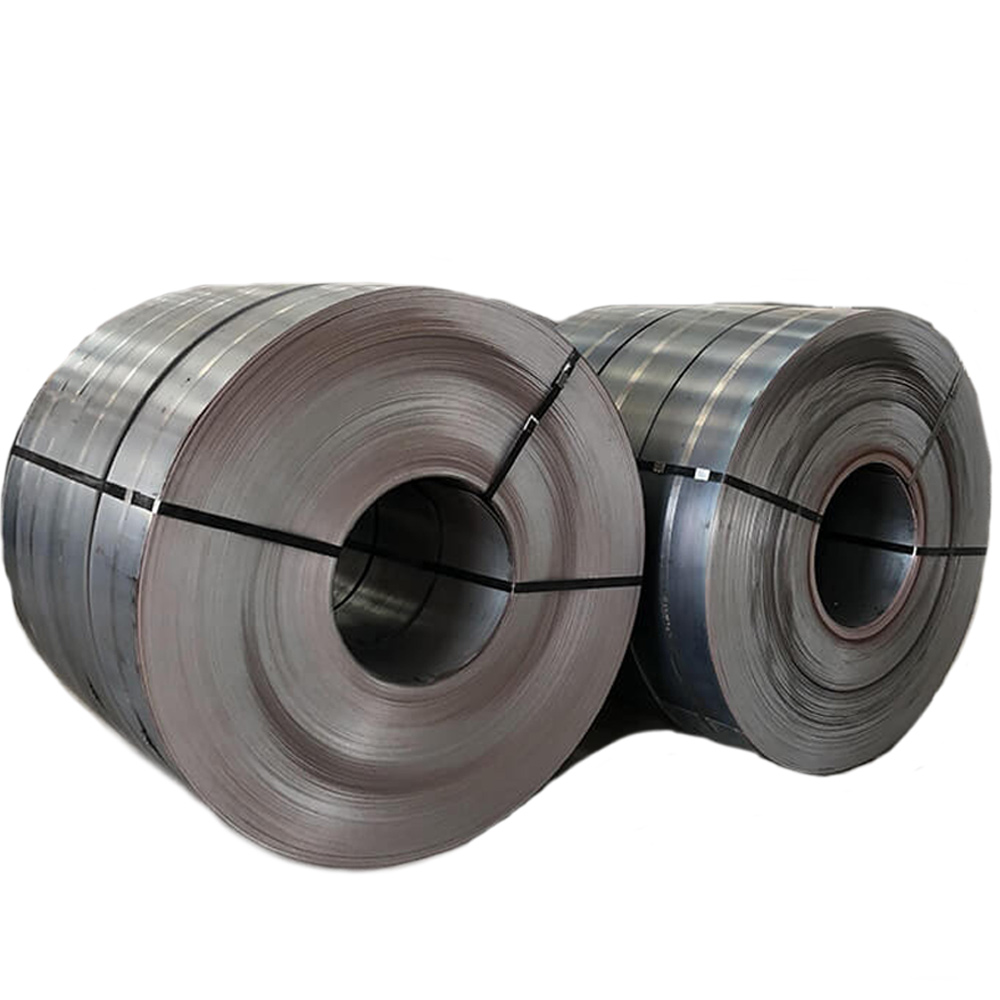Hot rolled steel is steel that has been roll-pressed at very high temperatures—over 1,700, which is above the re-crystallization temperature for most steels. This makes the steel easier to form, and resulting in products that are easier to work with. To process hot rolled steel, manufacturers first start with a large, rectangular length of metal, called a billet. The billet is heated and then sent for pre-processing, where it is flattened into a large roll. From there, it is kept at a high temperature and run through a series of rollers to achieve its finished dimensions. Steel shrinks slightly as it cools. Since hot rolled steel is cooled after processing, there is less control over its final shape, making it less suitable for precision applications. Hot rolled steel is often used in applications where minutely specific dimensions aren't crucial.
The smelting of carbon steel is usually carried out in converter and open hearth. Converters generally smelt ordinary carbon steel, while open furnaces smelt all kinds of high-quality steel. The technology of oxygen top blow converter is developing rapidly and it can replace open hearth furnace. The refined liquid steel is injected into the ingot mold to obtain various ingot. After the ingot is forged or rolled, it is processed into plates, strips, bars, and sections of various sectional shapes. Carbon steel is usually used directly in the hot rolled state. When used for manufacturing tools and various machine parts, it needs to be heat treated according to the requirements of use; As for steel castings, most of them are heat-treated.
1. Low carbon steel Mild steel has a carbon content of 0.04-0.3% and is the most common grade of carbon steel. Mild steel is also considered mild steel as it is defined as having a low carbon content of 0.05-0.25%. Mild steel is ductile, highly malleable and can be used in automotive body parts, sheet and wire products. At the high end of the low carbon content range, plus up to 1.5% manganese, the mechanical properties are suitable for stampings, forgings, seamless tubes and boiler plates.
2. Medium carbon steel Medium carbon steels have a carbon content in the range of 0.31-0.6% and a manganese content in the range of 0.6-1.65%. This steel can be heat treated and quenched to further tune the microstructure and mechanical properties. Popular applications include axles, axles, gears, rails and railroad wheels.
3. High carbon steel High carbon steel has a carbon content of 0.6-1% and a manganese content of 0.3-0.9%. The properties of high carbon steel make it suitable for use as springs and high strength wire. These products cannot be welded unless a detailed heat treatment procedure is included in the welding procedure. High carbon steel is used for cutting tools, high strength wire and springs.


Application of carbon steel:





Get real-time quotes
Leave your contact information and the professional sales will contact you.










